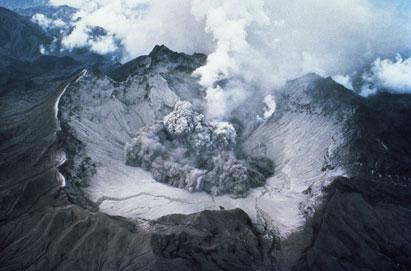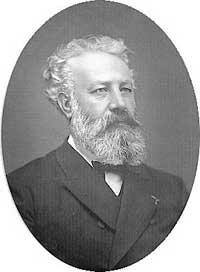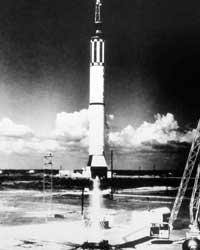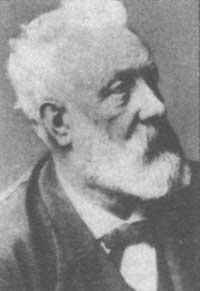Trip to the center of the earth
2001/03/26 Elhuyar Zientzia

Jules Verne (Nantes, 8 February 1828 - Amiens, 24 March 1905) is the title of one of the best-known novels of the French writer. He died almost a hundred years ago, but demonstrated in his works the ability to foresee the future.
Verne, pioneer of the sci-fi novel, in stories full of adventures and action the shadow of science is evident. For example, in his book El viaje al centro de la Tierra, published in 1864, there are numerous geological references and one of the protagonists of the crater of the Icelandic volcano is precisely the geologist.
A year later he published his novel From the Earth to the Moon and, one hundred years before the man came to the Moon, he invented in various aspects how that trip would be, among other things, the shape and size of the spacecraft, the country that would achieve it and its most important adversary, the lack of gravity, the trajectory of the ship and the orbit fall around the Moon, as well as the return and the place in which the first lethal
In other novels the writer has contrasted the forecasts made in different fields, both in technology or geology, as well as in sociology, economy or politics. He had a great interest in science and also an incredible intuition. Divers, helicopters, air conditioning, moving images and stories invented by the guided missile itself appeared long before the development of these inventions.
Other well-known novels of Jules Verne are the 20-mile underwater voyage of leagues (1870), the mysterious Isle (1870) and the eighty day World Tour (1872).

Gai honi buruzko eduki gehiago
Elhuyarrek garatutako teknologia






